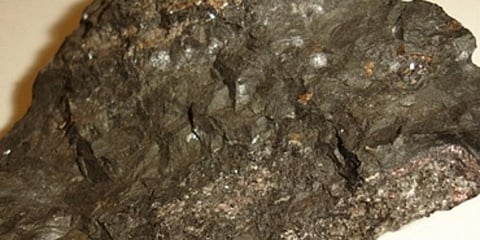

GUWAHATI: The locals of a Meghalaya village claimed that an explosion occurred in a concrete tank, containing radioactive remnants of an exploratory uranium mining, but the police dismissed it after a spot verification.
Based on the accounts of locals, the Khasi Students’ Union (KSU) said the toxic effluents-storing tank at Nongbah Jynrin village in South West Khasi Hills had exploded on September 21.
Official sources said a team of the local police had visited the site on Monday but found nothing.
“On hearing about it, a police team visited the site yesterday but it didn’t find anything. In any case, I have sent a magistrate and a deputy superintendent of police to the site for a detailed report,” South West Khasi Hills District Magistrate Cara Kharkongor said.
Back in 1993, the Atomic Minerals Directorate (AMD) had carried out exploratory drilling of uranium in the district. However, the operation was suspended in the wake of protests by locals. Some AMD officials were allegedly assaulted and machines torched during the protests.
The locals have been always worried about the adverse impact of uranium mining on the environment and ecology. Once, they had demanded a probe into the deaths of fish at a river.
The uranium ore deposits in Meghalaya are estimated to be 9.22 million tons. Apart from the AMD, the Uranium Corporation of India Limited (UCIL) had also briefly carried out operations in the state. However, in August 2016, the state government revoked its 2009 decision granting permission to the UCIL for mining activities. This made the public sector undertaking to close down its establishment in the state.